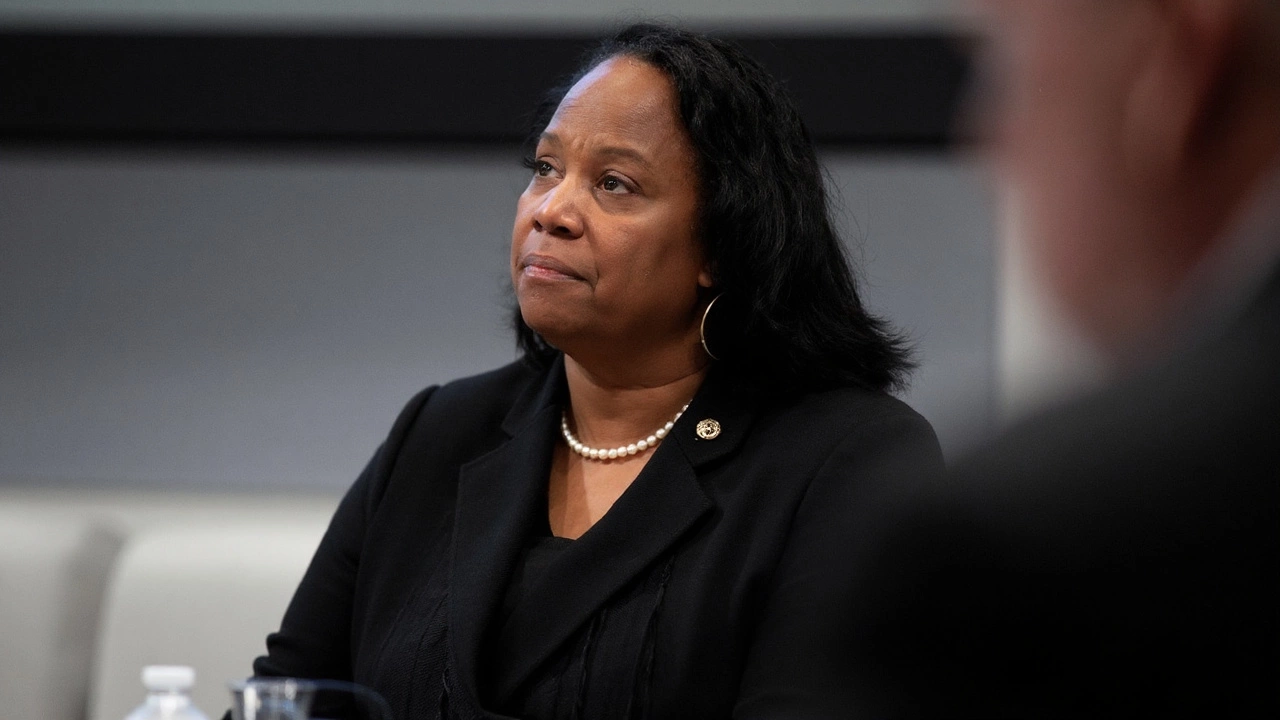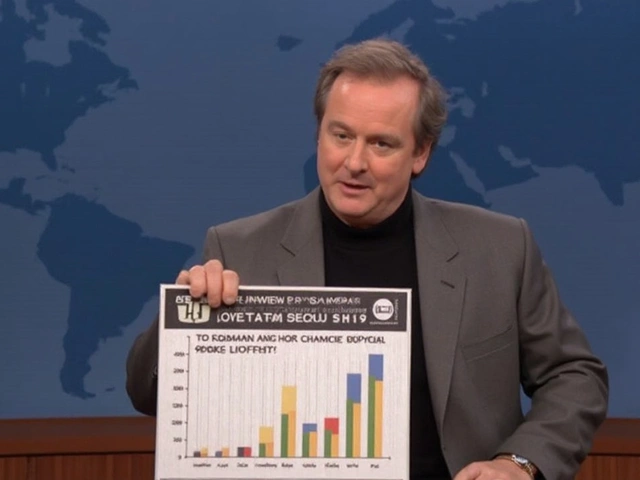A first in modern central banking: a president moves to oust a Fed governor
A sitting American president just tried to fire a member of the Board of Governors of the Federal Reserve. That has never happened before. On Monday, President Donald J. Trump said he removed Fed Governor Lisa D. Cook, alleging she committed mortgage fraud by claiming two primary residences in 2021 to secure better loan terms.
Trump announced the decision in a letter posted on his social media account, accusing Cook of “deceitful and potentially criminal conduct in a financial matter” and arguing he had lost confidence in her integrity as a regulator. The allegation was first raised by Bill Pulte, a prominent homebuilding heir and Trump ally, who filed a criminal referral that the Justice Department is now reviewing. The White House portrayed Pulte as connected to housing oversight in Washington; he has been an outspoken supporter of the president’s efforts to shake up independent agencies.
Cook, an economist elevated by President Biden in 2022 and confirmed by the Senate to a full 14‑year term in September 2023, had refused earlier demands to resign. Her term runs to 2038. People close to the matter expect her to challenge the dismissal, a move that could keep her in place while courts weigh the president’s authority.
At the core is a legal question that has rarely—if ever—been tested: Can a president remove a Fed governor “for cause,” and what counts as cause? Federal law allows dismissal for cause, a standard long interpreted to mean serious misconduct or neglect of duty. No president has tried to use it on a sitting Fed governor, a sign of how insulated the central bank has been from day‑to‑day politics.
The mortgage claims center on something thousands of borrowers sign but few dwell on: occupancy certifications. Lenders typically offer lower rates for an owner‑occupied primary home than for a second home or investment property. Misrepresenting occupancy can trigger civil penalties, loan buybacks, and—if prosecutors believe documents were falsified—criminal charges. So far, there are allegations and a DOJ review. No charges have been filed, and Cook has not been publicly accused by prosecutors.
The Fed declined to comment on personnel matters. The White House referred reporters to the president’s letter. Cook has not issued a public statement since the firing notice, though allies have privately signaled she will fight the move.

What happens next—and why it matters
If Cook sues, the first stop is likely a federal district court in Washington, where she could seek an emergency order to freeze the firing. Judges weigh the likelihood of success, irreparable harm, and the public interest. Given the central bank’s unique role and Congress’s explicit tenure protections, courts may be inclined to preserve the status quo while they sort out the law.
The precedent is murky but important. In 1935, the Supreme Court in Humphrey’s Executor upheld limits on a president’s power to fire commissioners of independent agencies, cementing the idea of “for‑cause” protection. More recently, the Court narrowed that insulation for single‑director agencies in Seila Law (2020) and Collins v. Yellen (2021), but it left multi‑member boards with for‑cause protections largely intact. The Fed is a multi‑member board unlike the CFPB or FHFA—and it sits at the heart of monetary policy.
Another unresolved issue: Does alleged personal misconduct unrelated to service at the Fed count as cause? The statute doesn’t define it. Trump’s letter frames the issue as a matter of integrity central to a financial regulator’s role. Cook’s legal team is expected to argue that “cause” must involve on‑the‑job malfeasance or failure to perform official duties, not a disputed mortgage application from before she joined the board.
Policy implications are immediate. Trump has pressed the Fed to cut rates to juice growth and ease debt‑service costs on more than $37 trillion in federal debt. Removing a governor—especially one seen as a voice on labor markets and equity—could be read as a push to sway the balance of debate inside the boardroom. Even if policy does not change, the signal to future appointees is clear: tenure protections may be politically tested.
Markets will watch how this plays out ahead of the next rate‑setting meeting. The Fed’s credibility rests on the idea that monetary policy is made independently of the White House. A legal fight over a governor’s seat, regardless of the outcome, puts that independence under the spotlight at a delicate time for inflation, growth, and the job market.
If the firing were to stand, the seat becomes vacant and the president could nominate a replacement, subject to Senate confirmation. That process can stretch for months. The Board of Governors has seven seats when full; vacancies change the internal dynamics and voting cadence but do not halt policy decisions. Regional Fed presidents continue to vote on a rotating basis.
How did we get here? Presidents have pressured the Fed before—Harry Truman’s clash led to the 1951 Accord, Lyndon Johnson leaned on William McChesney Martin at the ranch in Texas, and Richard Nixon browbeat Arthur Burns in the early 1970s. Trump publicly blasted rate hikes in 2018 and 2019. But attempting to remove a governor crosses into uncharted territory.
Key questions to watch now:
- Will a court issue an immediate stay keeping Cook in her seat while the case proceeds?
- How will judges interpret “for cause” for a Fed governor, given past Supreme Court rulings on other agencies?
- Does the DOJ investigation advance beyond a referral, or does it stall for lack of evidence?
- Do markets price a risk premium for perceived political interference at the central bank?
Lisa Cook is a notable figure in her own right. A former professor with research spanning innovation, growth, and the economics of discrimination, she became the first Black woman on the Fed board. Her supporters see her as a needed voice on how policy hits different corners of the labor market. Her critics have questioned her academic record and policy stances. None of that, though, foretold a courtroom fight over whether a president can end a Fed governor’s 14‑year term three years in.
One more thread: Bill Pulte’s role. He’s the heir to a major homebuilding fortune and a high‑profile Trump ally online. His referral triggered the Justice Department review that now runs in the background of the removal dispute. Whether prosecutors find a case will shape, but not fully decide, the separate question of presidential removal power.
For the Fed, the stakes are institutional. The outcome will either reaffirm that governors can be removed only for clear, job‑related cause—or open the door for presidents to test the boundary whenever politics and policy collide.





